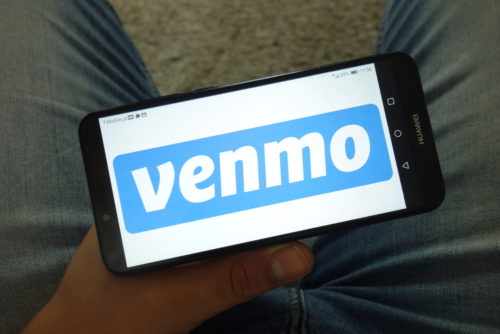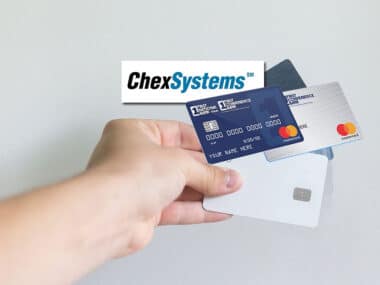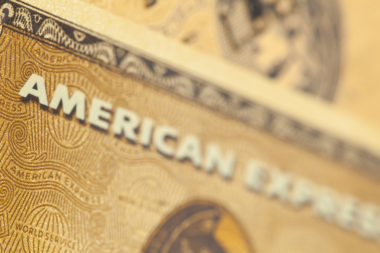Convenient smartphone apps like Uber, Lyft, Postmates, and Venmo make it easy to request services and send or receive payments. The latest advancements in smartphone apps allow you to instantly get a ride home, split the bill with a friend at a restaurant, or get a meal from your favorite restaurant delivered.
While these apps can make your life easier, they may also threaten your online and personal security. There are many scams related to these apps, including the payment app, Venmo. Learning more about the app’s safety features and potential scams can ensure you don’t become a victim.
Table of Contents
Is Venmo Safe to Use?
Venmo is a relatively safe smartphone app that takes protecting your personal information seriously. With Venmo, you create an account and save your payment information to instantly send money to or receive funds from friends or people you connect with through the app. Venmo employs the same security techniques other financial institutions use to keep customer information protected.
Since your information is electronically protected, this type of payment method is usually safer than providing your bank account information to complete a wire transfer. While the app uses security features to protect your information, it doesn’t offer any guarantees to users. If you deal with a stranger and the outcome isn’t satisfactory or you become the victim of a refund scam or other type of money-sending scam, Venmo won’t reimburse you or investigate the situation.
Can You Get Scammed on Venmo?
Any platform that allows you to send or receive money can be taken advantage of by criminals to scam users. The company warns all users to only interact with friends, family, and people they know when using the app. Scammers may use the app to prey on victims and take their money or personal information.
Phone security is also an issue you should consider if you have the Venmo app installed. If a stranger gets access to your phone and is able to hack your passcode, they can sign into Venmo, get your personal information, and access your bank account details. They may also be able to send money from your account using the app.
Can You Reverse Payments on Venmo?
Once you authorize a payment on Venmo, you can pay extra for an immediate transfer to your recipient or allow the app to complete a delayed transfer for free. No matter which type of transfer you choose, once the transaction is complete, it’s impossible to reverse the payment. To get your payment back, Venmo suggests requesting a payment from the recipient for the same amount.
The only exception is if you’ve sent payment to a phone number or email address that isn’t yet registered with Venmo. If this is the case, your payment will remain in the “Incomplete” section of your app. You can cancel the payment since no recipient has claimed it yet.
Examples of Venmo Fraud
There are many ways scammers may use the Venmo app to con users out of money. Common examples of Venmo fraud include the following:
- Stolen credit cards: If you’re selling goods online, a scammer may buy your goods but use a stolen credit card to pay for them through the Venmo app. When Venmo finds out the credit card is stolen, payment is reversed but you’ve already given your item to the scammer.
- Money in your account: A scammer puts money in your Venmo account, then claims they accidentally sent it to the wrong recipient and asks you to pay it back. However, the original payment was made to you with a fraudulent credit card, so it’s taken back from your account after you’ve already paid the scammer.
- Borrowing your phone: A scammer may approach you in person and ask to borrow your cell phone to text a friend or family member. With your phone, the scammer opens your Venmo app and sends payment to their own account.
- Fraudulent sales: Scammers may post ads for concert or event tickets at less than face value. You agree to purchase these tickets and pay the scammer through Venmo but the tickets are never delivered or fraudulent tickets are sent to you.
Venmo encourages its users to only deal with users they know and trust to avoid these common scams.
How to Make Venmo Safer for You
To use Venmo safely, follow these tips:
- Be sure your phone is secure by enabling it to only unlock with a passcode.
- Set up notifications for your Venmo account so you can see activity involving you as soon as it happens.
- Leave unexplained money in your Venmo account and don’t attempt to transfer it to your bank.
- Only accept payments from and send payments to people you know.
Consider linking your credit card to your Venmo account instead of your bank account. This ensures your checking account cannot be emptied by a scammer and may cover you with the theft protection your credit card company usually provides.
High-Risk Payments
When you send a payment to a Venmo user you don’t know, the company refers to it as a “high-risk payment.” Venmo recommends you never engage with users you don’t know, whether it’s to send or receive payment.
Venmo Policy
Venmo reminds customers that it will never contact you directly to ask for your bank account or payment information. The company will also never ask for payment in the form of a money order. It will never request that you send fees via a cashier’s check and will never contact you to ask for your password or personal information. The app encourages you to only send payments to and receive payments from trustworthy friends and family members to avoid potential scams.
Venmo provides a relatively safe and convenient way to send and receive payments. However, it’s important to keep yourself protected from scammers and stay aware of potential scams. If you remain diligent and cautious, you can reap the benefits of this useful app without falling victim to fraud.
Image Source: https://depositphotos.com/





